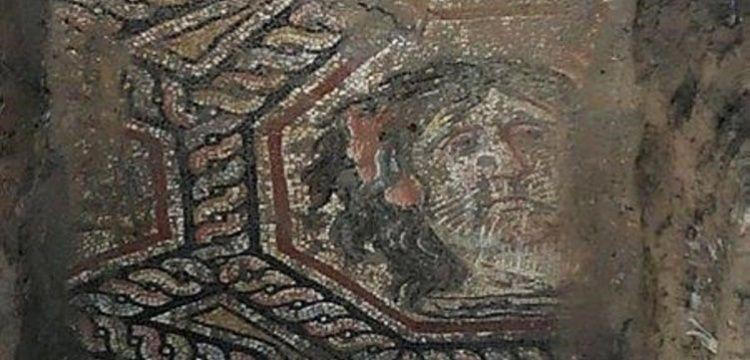
Mosaic Clues Suggest Roman General’s Residence in Ancient İznik
A stunning new archaeological discovery in the ancient city of İznik (ancient Nicaea), Türkiye, has revealed Roman-era graves and vibrant mosaics — possibly part of a noble residence once belonging to a Roman general.
Archaeologists from the İznik Museum Directorate uncovered three new burial plots and a basilica floor decorated with colorful mosaics in the Hisardere necropolis area. Among the motifs are intertwined serpent and human figures, rendered with a level of detail suggesting both symbolic meaning and high-status patronage.
A Residence of Power?
One of the mosaic panels, located within what appears to be the reception area of a villa, has sparked scholarly debate. The richness of the composition and proximity to elite tombs have led experts to suggest the structure may have belonged to a Roman military officer or high-ranking noble.
📣 Our WhatsApp channel is now LIVE! Stay up-to-date with the latest news and updates, just click here to follow us on WhatsApp and never miss a thing!!
The newly discovered mosaics were found during rescue excavations initiated after a 2014 infrastructure project first revealed parts of the site. After a prolonged expropriation process, full-scale archaeological investigations resumed in 2024, leading to the recent breakthrough.
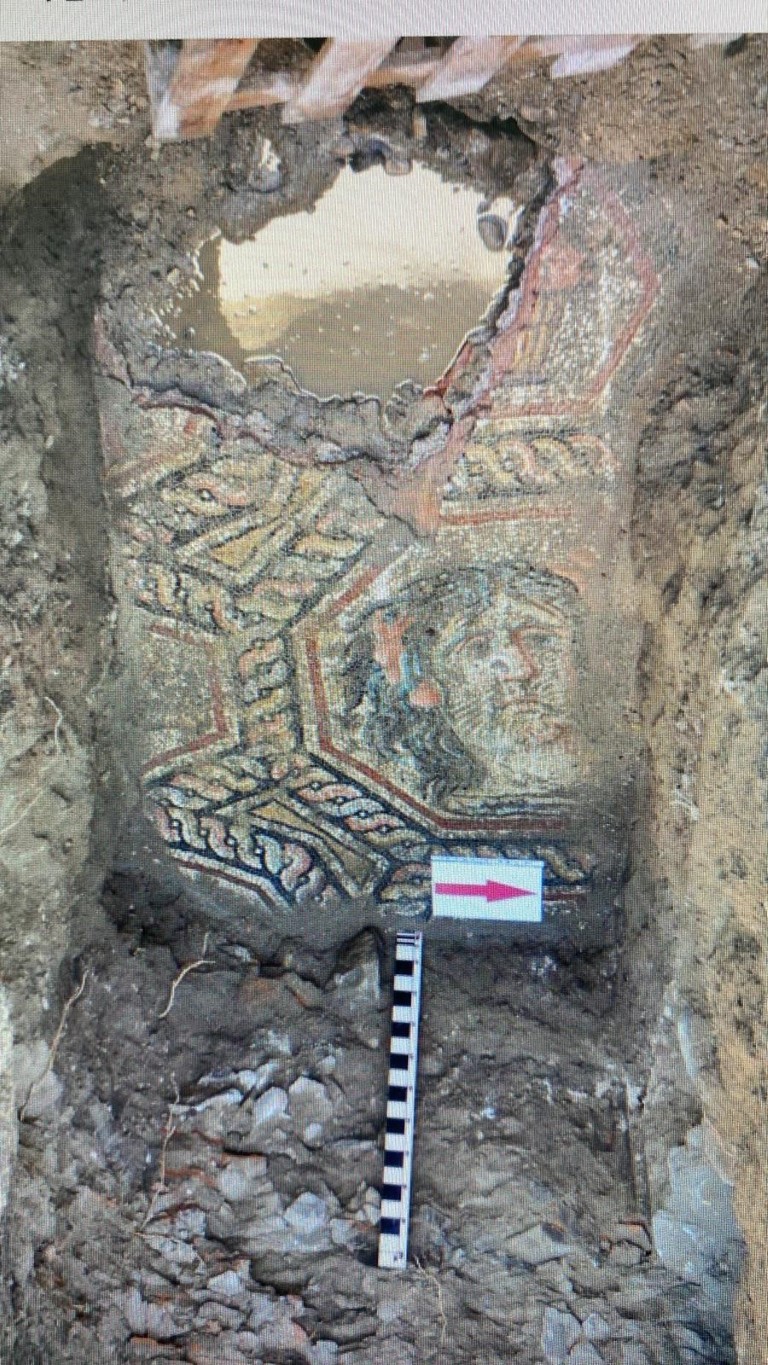
Image: IHA
A City at the Crossroads of Empires
Iznik, known in antiquity as Nicaea, is a city steeped in imperial legacy. Founded in the 4th century BCE and later rebuilt by Lysimachus, one of Alexander the Great’s successors, the city became a vital Roman and Byzantine center. It served as the capital of the Bithynian Kingdom and was later incorporated into the Roman Empire in 74 BCE. Nicaea played host to several imperial councils and flourished as a cultural, religious, and administrative hub for centuries.
The city’s walls, aqueducts, and theaters—many of which remain standing—testify to its strategic and architectural importance. The presence of high-status villas in its necropolis zones aligns with historical accounts describing İznik as home to both military and senatorial elites.
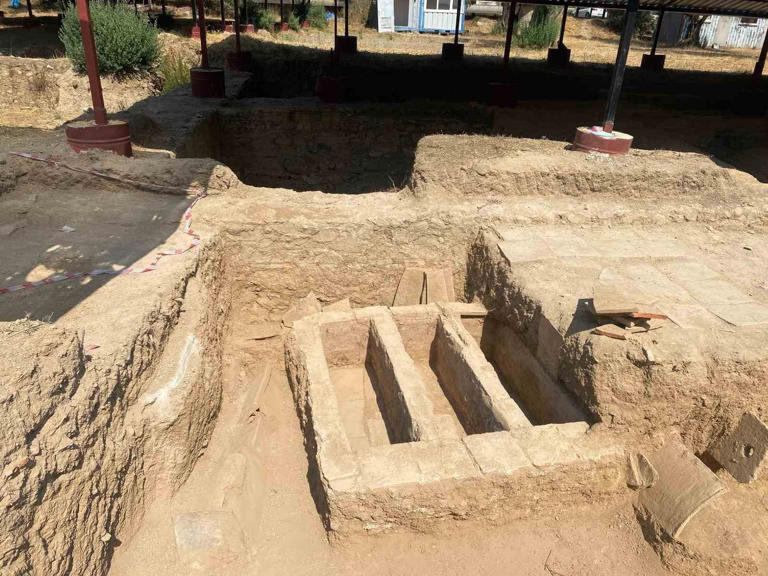
Revealing Layers of Forgotten Prestige
The newly unearthed mosaics include mythological themes and symbolic elements, with serpent imagery potentially alluding to healing, protection, or military strength—recurring motifs in elite Roman iconography. While conservationists work to document and preserve the artworks in situ, epigraphists and art historians are analyzing the iconography for further insights into the owner’s identity.
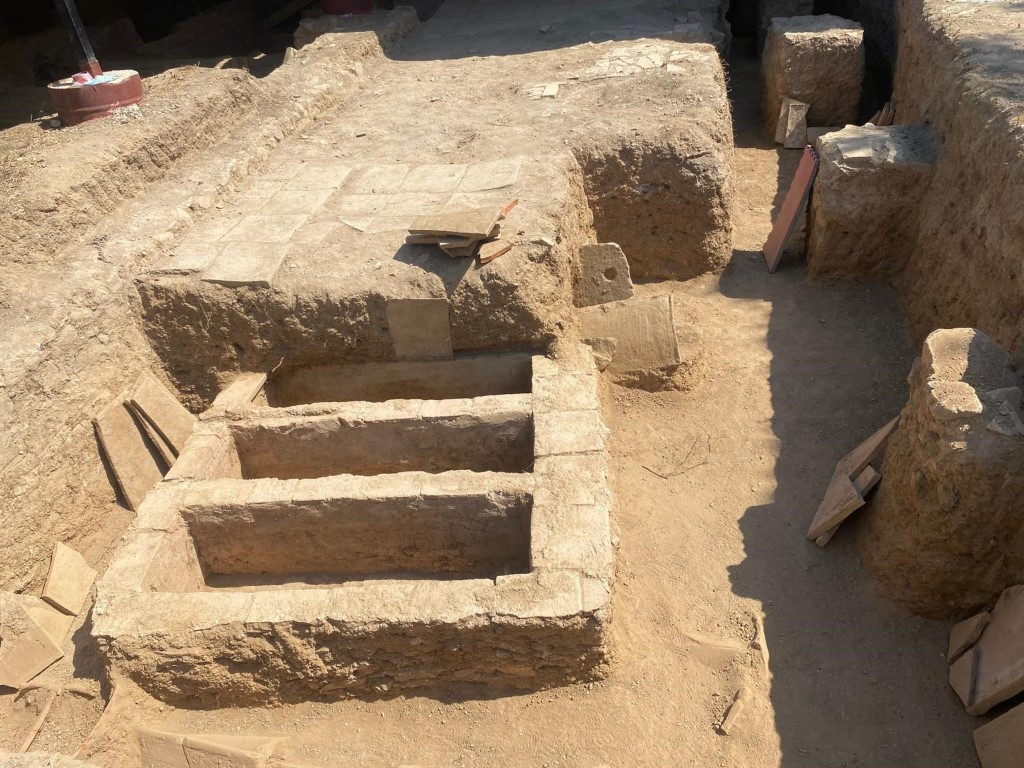
This discovery, beyond its aesthetic significance, helps reconstruct the social hierarchy and private lives of Roman officials on the Anatolian frontier. As work continues at the site, archaeologists hope additional inscriptions or artifacts may confirm the villa’s owner and clarify its role in the city’s Roman-era urban fabric.
You may also like
- A 1700-year-old statue of Pan unearthed during the excavations at Polyeuktos in İstanbul
- The granary was found in the ancient city of Sebaste, founded by the first Roman emperor Augustus
- Donalar Kale Kapı Rock Tomb or Donalar Rock Tomb
- Theater emerges as works continue in ancient city of Perinthos
- Urartian King Argishti’s bronze shield revealed the name of an unknown country
- The religious center of Lycia, the ancient city of Letoon
- Who were the Luwians?
- A new study brings a fresh perspective on the Anatolian origin of the Indo-European languages
- Perhaps the oldest thermal treatment center in the world, which has been in continuous use for 2000 years -Basilica Therma Roman Bath or King’s Daughter-
- The largest synagogue of the ancient world, located in the ancient city of Sardis, is being restored

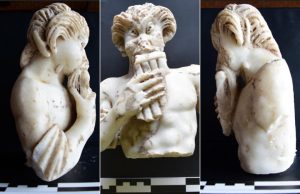
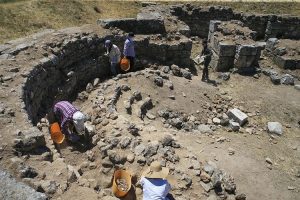
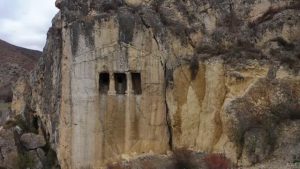
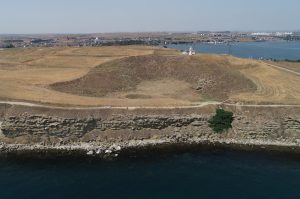
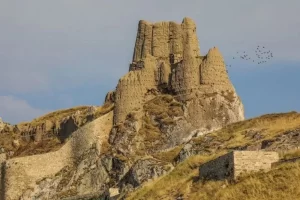
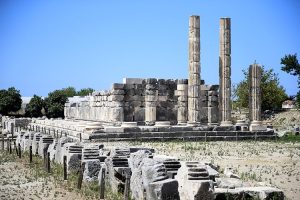


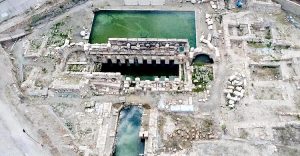
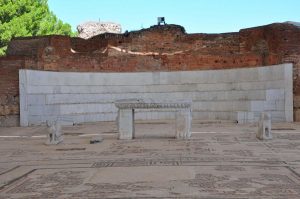
Leave a Reply